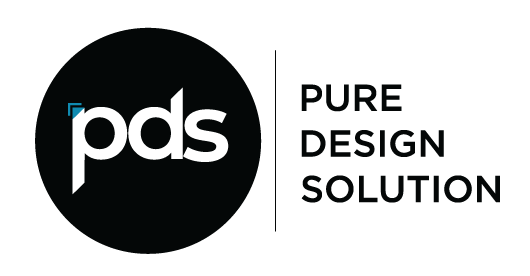When it comes to running a successful marketing campaign having an efficient set of applications can be a huge plus. At a high level, tech tools can help you with your campaigns by scaling up your reach, executing them effortlessly, and providing you with a clear ROI. They are a major player in a business’s ability to thrive today.
But in reality, we often miss out on many valuable features that these tools offer because it takes time to understand an application’s full capabilities. This can the case with our email service provider (ESP) software and our customer relationship management (CRM) tool. There are so many features that go unused when we jump right into getting the job done.
One common and underutilized feature in most ESPs and CRMs is data categorization. How should you segment and divide your contacts so that you can run personalized campaigns? The best way to segment your contacts is to assign them to Lists, Tags and Segments in the app. (The names can vary depending on the CRM or ESP you are using.)
Each category field is different and can contribute to identifying your customer’s behavior as you run your marketing campaigns. Let’s dig deeper and explore them:
Lists or Groups: Usually these are used to represent a broad spectrum of contacts with something in common. If you consider your customer list, for example, you could have a group of contacts that already do business with you or a group from a single location. In these cases, you have not yet divided them based on their behavior or preferences, so the list remains broad. This feature will help you run more generalized campaigns that are meant for a larger group.
Segments: The primary purpose of Segments is to organize or assign a token to each contact based on their behavior and actions. For example, when a customer from the list clicks an email and performs an action, you can assign a segment to that contact. This gives you the flexibility to send a special discount offer or further engage with the customer. You can select the “clicked customers” segment and send them your personalized message with the click of a button. It’s important to think about your customer’s journey and plan segments accordingly.
Tags: You will find these extremely useful to categorize contacts within the database. Imagine you have multiple lead generation forms that are bringing new leads into the system. It will be extremely helpful to identify the source of the lead and assign a token to it accordingly. Tags are mainly for internal use and help you add more information to your contacts as you continue interacting with them. Create a list of tags that you want to assign to your contacts and add them to your application.
In today’s marketing landscape, Segmentation is the most effective way to reach your audience with the right message at the right time. If you have utilized segmentation properly, you will be able to track your audience’s journey in a way that clearly reveals your next steps.
Invest some time in creating a chart of lists, segments, and tags to assign current and future contacts as they interact with your messaging. Whether you are working with simple email campaigns or a CRM dashboard, having these in place will make working with data so much more fun and you’ll be ready to take your messaging forward.
This is just one of the features that can help you organize your data in your marketing/sales apps.
As always, I am here to help you dig and ensure you are utilizing your tech apps as smartly and efficiently as possible. Please do reach out with any comments or questions.

